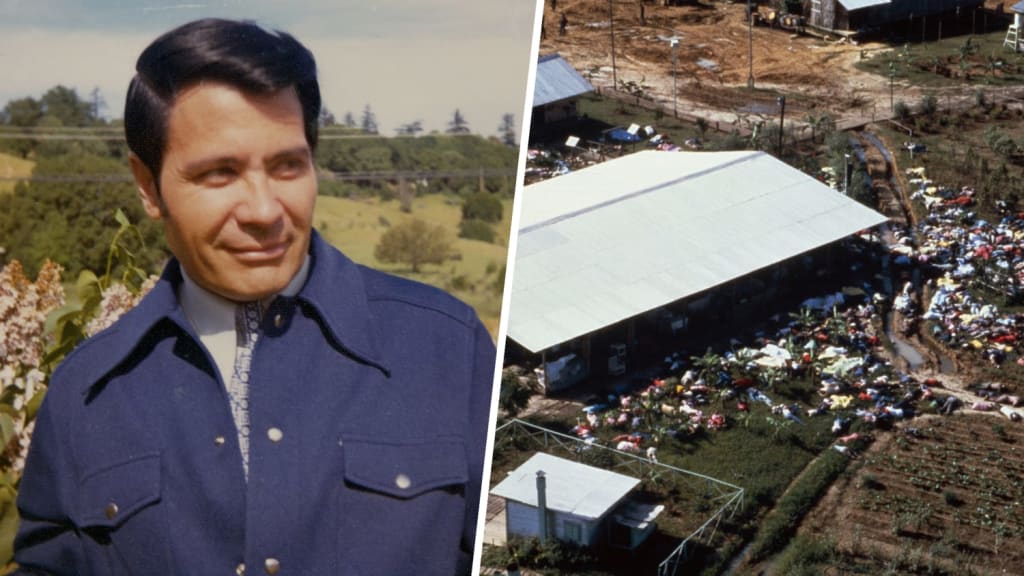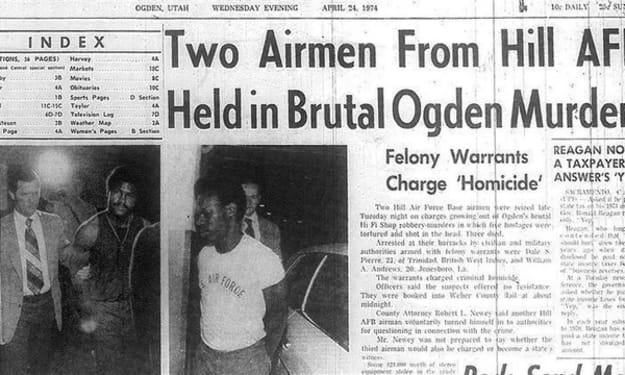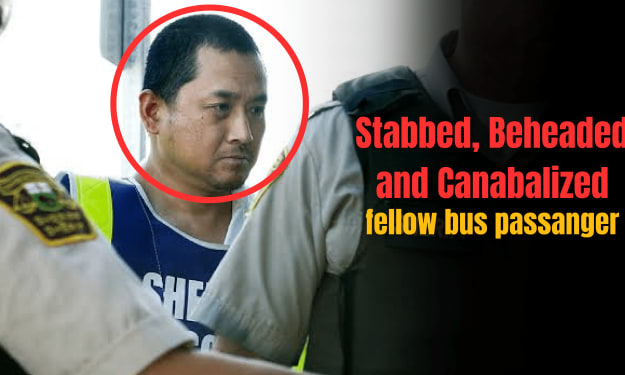Jonestown Massacre: Apocalyptic Cult - Who Was Jim Jones?
From Idealistic Preacher to Cult Leader, the Chilling Story of Jim Jones and the Jonestown Massacre

The Jonestown Massacre stands as one of the most harrowing episodes in modern history, where idealism turned into fanaticism, leading to the tragic deaths of over 900 people. At the center of this tragedy was Jim Jones, a charismatic leader whose journey from a small-town preacher to the orchestrator of one of the largest mass suicides in history is both complex and chilling.
Jim Jones' Early Life
Childhood and Family Background
Jim Warren Jones was born on May 13, 1931, in Crete, Indiana, to Lynetta and James Jones. His father, a World War I veteran, was emotionally absent, living on disability payments due to a gas attack during the war. His mother, Lynetta, was a free spirit who rejected religion, referring to any deity as a "Sky God." Lynetta's unconventional beliefs and her disinterest in motherhood created a loveless environment for young Jim, who often felt neglected and isolated.
Adolescence and Early Religious Exploration
Jim's upbringing in Lynn, Indiana, was marked by a sense of abandonment. He often described his childhood as loveless, with parents who were either absent or preoccupied. In high school, Jim was known for wearing his Sunday best daily and carried a Bible with him everywhere. He explored various churches, seeking a place where he felt he belonged. This search for religious identity laid the groundwork for his future endeavors.
Early Career and Marriage
Hospital Work and Meeting Marceline
At 17, Jim took a job at a hospital, performing tasks such as cleaning up vomit and handling deceased bodies. This experience sparked an interest in medicine. In 1948, while working at the hospital, he met Marceline, a nursing student. They married in June 1949, with Marceline initially believing Jim to be a devout Christian. However, it soon became apparent that Jim's beliefs were far more complex and conflicted.
Founding the People’s Temple
Jim's quest for a religious identity led him to various Black and African American churches, where he was drawn to their lively worship style. In 1952, at the age of 21, Jim was hired as a student pastor. However, he grew frustrated with the constraints and decided to establish his own church, the People's Temple, in Indianapolis. His new church blended Christianity with New Age spirituality and radical social justice, attracting a diverse and loyal following.
Rise of the People’s Temple
Social Justice and Racial Integration
Jim's church was known for its racial integration, a rare stance in the 1950s. He actively worked to desegregate Indianapolis, organizing peaceful protests at local businesses. His commitment to social justice earned him admiration and support, as well as financial contributions that allowed the People's Temple to expand.
Miraculous Healings and Growing Fame
To attract followers, Jim began performing "miracles." He claimed to heal ailments ranging from headaches to cancer, often using audience plants to fake these healings. His fame grew, and so did the financial contributions, enabling him to purchase a larger building for the People's Temple, now named "Community Unity."
Move to California
In 1965, Jim relocated the People's Temple to Ukiah, California, seeking a larger congregation and greater influence. Despite initial struggles, he eventually established significant followings in San Francisco and Los Angeles. By the early 1970s, Jim was traveling extensively, spreading his message and performing miracles, further increasing his church's membership and funds.
Dark Turn: Drugs and Paranoia
Increasing Control and Isolation
As Jim's influence grew, so did his need for control. He began discouraging romantic relationships, alcohol, and drugs among his followers, while secretly indulging in these vices himself. His paranoia increased, leading him to claim that the government, FBI, and CIA were targeting the People's Temple.
Jonestown: The Promised Land
In 1977, Jim established Jonestown in Guyana, South America, as a utopian community where his followers could live free from persecution. However, life in Jonestown was far from idyllic. Overcrowding, limited resources, and Jim's increasing paranoia and control made life difficult. Followers' passports were confiscated, and all communication was monitored and censored.
The Tragic End
Congressman Leo Ryan’s Visit
In November 1978, U.S. Congressman Leo Ryan visited Jonestown to investigate reports of abuse. Despite efforts to present a positive image, several members sought to leave with him. As Ryan and the defectors attempted to depart, they were attacked by Jonestown security, resulting in the deaths of Ryan and four others.
Mass Suicide
Following the attack, Jim called an emergency meeting, convincing his followers that they were under imminent threat and that the only solution was to commit "revolutionary suicide." On November 18, 1978, over 900 people, including children, were coerced or forced to drink a cyanide-laced beverage. Jim and one of his mistresses died from gunshot wounds, likely self-inflicted.
Aftermath and Legacy
The discovery of the mass suicide shocked the world. Over 900 bodies were found at Jonestown, many unidentifiable due to decomposition. The Jonestown Massacre remains the largest single loss of American civilian life in a deliberate act until the events of September 11, 2001.
Conclusion
The Jonestown Massacre is a stark reminder of the dangers of blind faith and unchecked power. Jim Jones, who began as a passionate advocate for equality and social justice, became a paranoid and controlling leader, leading his followers to a tragic end. His story serves as a cautionary tale about the potential for idealism to turn into fanaticism and the devastating consequences that can follow.
---
This professional and detailed account of the Jonestown Massacre explores the complexities of Jim Jones' life and the tragic events that led to the deaths of over 900 people. It serves as a sobering reminder of the dangers of cults and the importance of critical thinking and skepticism in the face of charismatic leaders.
About the Creator
Sally A
Animal lover 🐾 | Health enthusiast 💪 | Self-development junkie 🌱 | Beauty explorer 💄 | True crimes & mystery enthusiast 🕵️♀️ | Let's journey together! 💫
Enjoyed the story? Support the Creator.
Subscribe for free to receive all their stories in your feed. You could also pledge your support or give them a one-off tip, letting them know you appreciate their work.






Comments
There are no comments for this story
Be the first to respond and start the conversation.